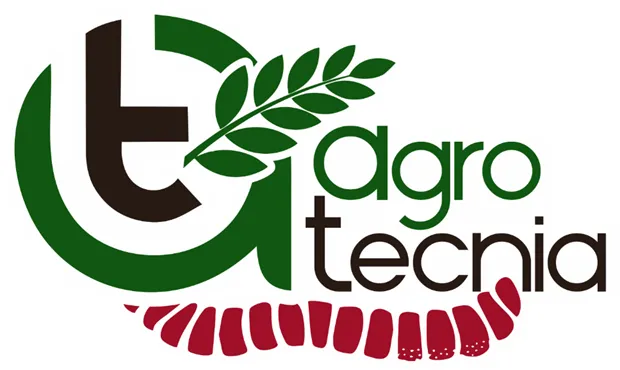Dear readers, as mentioned in other publications, pastures are the most economical and balanced food for the nutrition of ruminants, as they have important elements for their metabolism such as protein and fiber. Despite this, some producers fail to give this crop the management it needs and sometimes leave it in the background, investing in concentrated foods that have high costs that can become unsustainable for the livestock company.

In agrotechnology we consider that one of the main reasons farmers do not manage pastures efficiently is that they are not considered as a crop such as corn or cocoa, and leave their agronomic work in the background because they observe that the plant has the ability to thrive quickly after being cut by the animal, but even if the plant grows again without proper agronomic work, the yield of green and dry biomass can decrease considerably, which is reflected in the medium and long term in the degradation of plants and decrease in milk or meat production as the case may be.
In the same vein, from the experience we gained years ago, when we were in charge of agricultural credit supervision in the region, we could see, that some producers when they receive the financing leave in the first place the construction of spaces to support production, invest in excellent herds of animals and even luxury vehicles, But they spent very little money on maintaining the grasslands, which is a huge mistake because of everything we have mentioned.
Therefore, starting from these premises, below, we will share some recommendations for good management of pastures and fodder and have excellent productivity.
Perform soil analysis on the surfaces where grasslands are planned to determine the fertility of the same, in case of acidity can be applied agricultural lime to reduce acidity levels.
Good soil preparation is recommended in case of establishment of the crop, which also allows the control of arvenses.
Application of fertilizers to supply the elements that are deficient in the soil, can be of organic or synthetic origin, preferably organic to preserve soil biota and provide organic matter.
Grass species must be selected to adapt to the climatic conditions of the area, if they are species that propagate vegetatively through stems, it is important to plant them in the morning and keep them well hydrated, on the other hand, with sexual seeds it is important that they are in contact with the ground and covered, but at a depth not greater than 1 or 2 cm.

It is possible to establish irrigation systems in forage areas as necessary, adapting it of course to the budget available to the producer, irrigation allows a constant production during the year, since, logically, it will always have water availability.
After the grass is established, do not let the animals enter the surface until 120 days after sowing this in order that the plants root well and are not completely uprooted by the animal when they consume it.
Maintain monitoring at certain times of the year, such as the rainy season, to verify if there is a pest that can affect the production of forage.
Perform arvenses control, with this we ensure a good percentage of grass in the area without being displaced by other plants of lower nutritional value.
Adjust the animal load (number of animals per hectare) and provide the plants with adequate rest and occupation days so that they have the ability to recover and accumulate carbohydrate substances in the roots for a vigorous regrowth.
Dear readers, these are some of the handles that can be implemented to pastures, which evidence that are plants that need care like other crops to have excellent quality forages for the feeding of ruminants, costs rise in livestock production units when feed is based on concentrated food. The word productivity in the title of the publication refers to having an optimal cost-benefit ratio in production to have an excellent profitability, which is saved in pasture management, is lost with the decrease in production.
Thank you for staying with us until the end.

From agrotecnia we reiterate our gratitude to our followers and all the communities that value our agricultural content, this commits us to continue sharing quality information with the whole hive.








